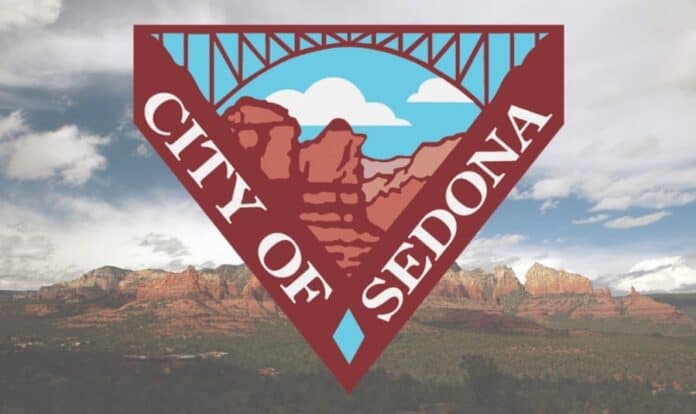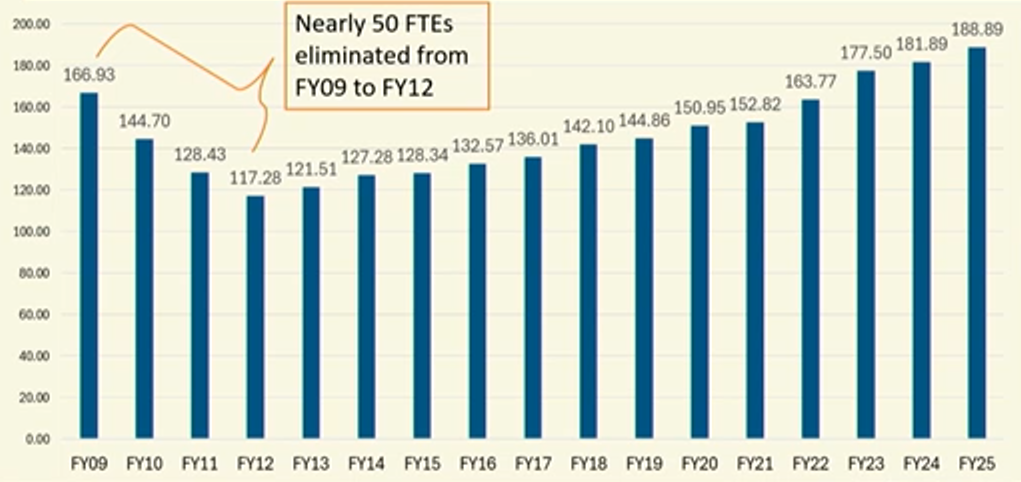Learning what happened at City Council meetings is not always easy. Check back each week to read a quick summary of the most important items (in my humble opinion).
6/10/25 Council Meeting.
8.a. Ordinance for Claims Against the City. 1st READING.
8.b. Ordinance on Purchasing. 1st READING.
8.c. Dry Creek SUP Construction Contract ($1.930M). DEFER to 6/24/25.
Agendas and Documents | City of Sedona
6/11/25 Council Special Session.
3.a. Sustainability Program Update. UPDATE ONLY.
Agendas and Documents | City of Sedona
Preview future meetings at: Upcoming Sedona City Meetings | Sedona City Councilmember Pete Furman (sedonapete.com)


